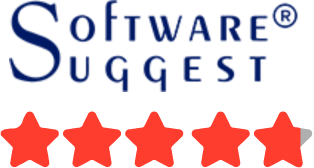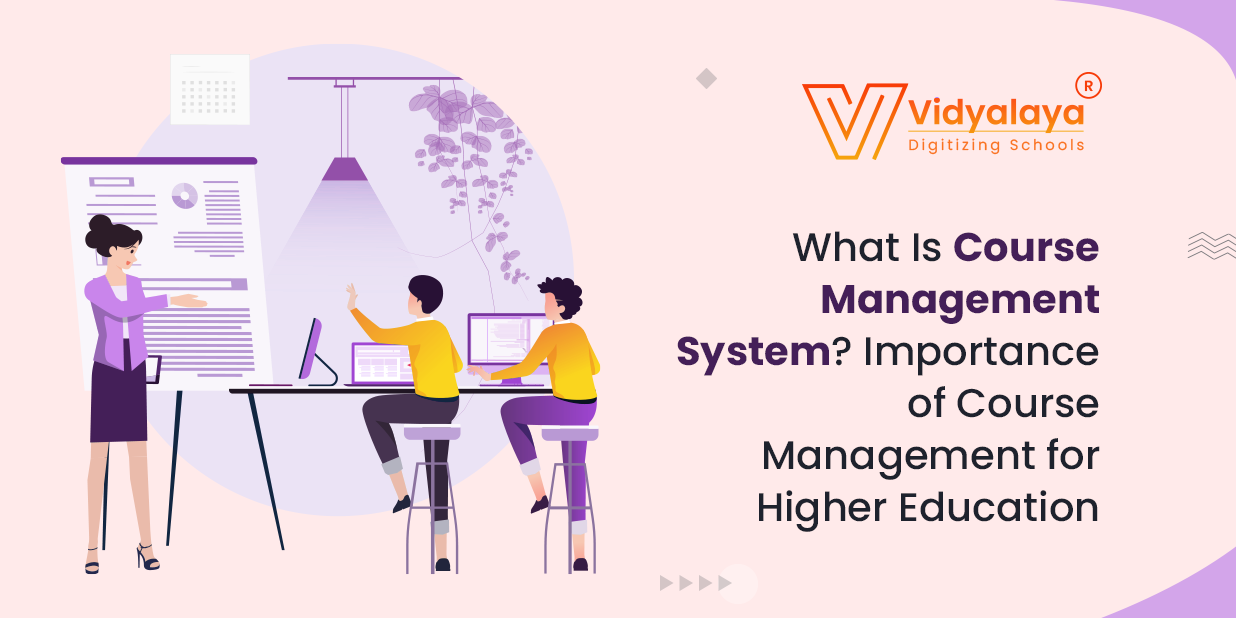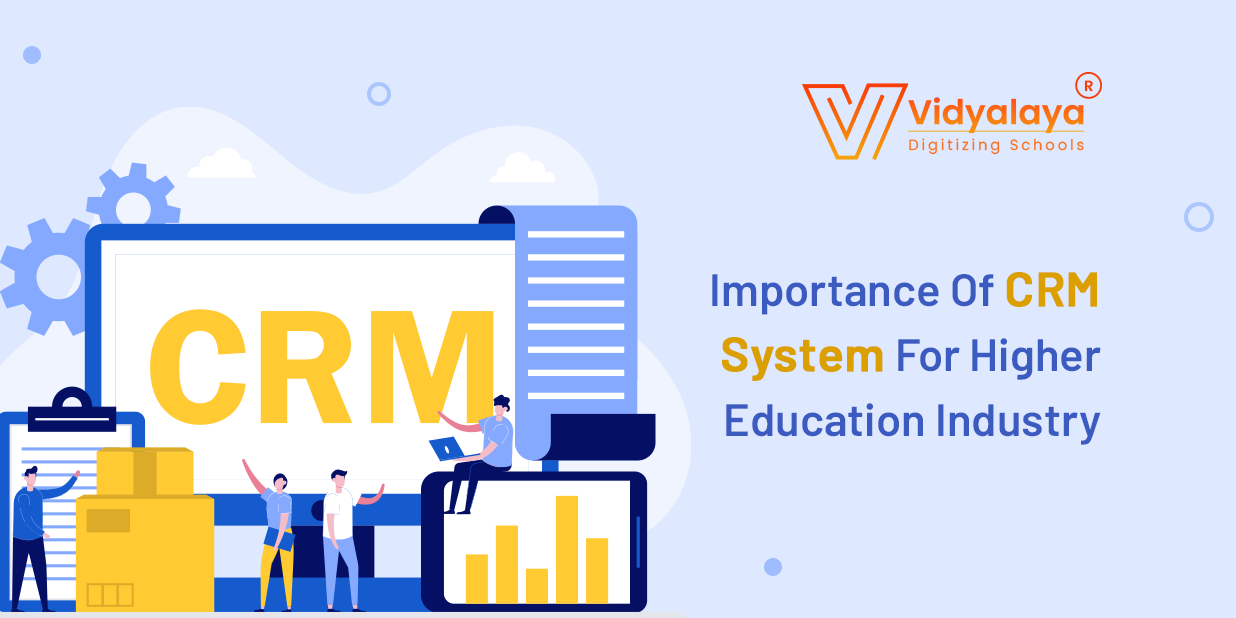Do you know technology integration is not only about implementing the fanciest tool but it is about becoming a good picker and picking up the apt strategy for your lesson at hand? There are different inventions in the education sector to ease the working of stakeholders. As technology invention has undoubtedly uplifted the user experience, there are several technology integration models used by different groups. SAMR Model is one of those effectively accredited and widely implemented in the educational sector. Let’s learn about this innovative model in detail.
What Is SAMR Model?
Education Researcher Dr. Ruben Puentedura proposed the SAMR Model to share a common language across disciplines that gives ways for personalized learning. This model categorizes four different stages of classroom technology integration. The teaching delivery and learning methodologies are going to transform with the integration of this model. It improves the productivity to a certain degree of the entire learning process.
Explain the Framework of the SAMR Model:-
Till here, we got to know What is SAMR Model is, now we will look into the components of the model. The SAMR Model categorizes online education into four stages which are explained as follows:
- S- Substitution
- A- Augmentation
- M- Modification
- R- Redefinition
This teacher-oriented framework evaluates how to integrate technology into the teaching process and improve it. Among these, substitution and augmentation are considered enhancement steps, whereas modification and redefinition fall into transformation-type steps. This analogies to a traditional recipe and a completely new, original recipe. Let’s illustrate these stages of the SAMR Model:
Substitution:
The conventional approach proposes in-class activities and paper-pen exams. On the contrary, the SMAR Model replaces this concept with its digitalized version. Substitution derives replacing conventional learning activities like classroom-led lectures and exams with online classes and e-exams. Even though there is a change in form, the functionality of the material remains the same.
Examples:
- Instead of writing notes in the notebooks, students can use word processing software to type notes.
- Conventional exams can be replaced with online exams to save resources.
- Transition from regular blackboard to digital whiteboard will yield many outcomes, like interactive and fun-loving learning, sharing class notes, recording sessions, etc.
Primarily, ask yourself what will students get after replacing conventional learning tools with technology. One has to agree that in some situations, traditional pen-and-paper will serve better.
Augmentation:
Technology replaces traditional learning tools with some enhancements for a better student experience. In this phase, technology’s contribution to education is beyond the usual ways. In substitution, usual class content remains the same but only the way of delivering gets changed. Augmentation helps students to better understand complex topics or make them more understandable using technology.
Examples:
- PowerPoint can be used to get a more detailed grasp of difficult topics. Also, video presentations can be more useful for students.
- Students can start their own research online without depending on teachers.
- Many EdTech software can be used to improve engagement and help teachers.
Modification:
This SAMR Model’s transformation phase notifies technology for significant task redesign. Likewise, many educational institutes have already adopted EdTech products like Learning Management System (LMS) and ERPs to streamline the workflows, the model proposes some transformation phases that goes beyond the enhancement. SAMR Model concentrates on the implementation and use of technology to change students’ thought processes and enable them with problem-solving strategies. They also empower them to work in teams.
Examples:
- Students can use file creation and sharing software like Google Docs to create research reports and discuss the changes by sharing the file with classmates.
- Products like Google Classrooms will help students receive assignments, and teachers can send evaluation reports using in-built features.
Redefinition:
Redefinition is the final stage of the SAMR Model which states that technology empowers the creation of new tasks, which were supposed to be inconvincible previously. Through innovative learning practices, technology can help stakeholders step ahead and create challenging academic tasks that would not exist normally. Here, the model also implies the learning would have a better connection with the real world. Not only academic skills, but students should be equipped with soft skills like teamwork, adaptability, and effective communication.
Examples:
- Students can connect beyond the classrooms using technology like chatting software, video conferencing, and social media.
- To encourage students, one can record their performance, acts, or some physical activity.
- They can connect to people across the world and can contribute to a fruitful learning environment.
How SAMR Model is important for today’s Educational System?
One has to note that the SAMR Model is not proposed to degrade the position of teachers in the educational sector, but proposes them as facilitators to implement better learning activities in the classroom with the aid of technology. It will contribute to the teaching process as it will lay the foundation for preparing lessons. Additionally, it will be beneficial for teachers to know how technology integration can put you and your class in a much better position.
Today’s EdTech products are integrated with tools like whiteboard, online classrooms, online exams, and word processing tools that will enhance the educational standards and will bring engagement quotient.
Tips to Use the SAMR Model Effectively:
The following tips will help teachers in the use of technology at the proper place and time to fetch effective outcomes:
- Teachers should use SAMR only when Appropriate, which means the technology integration should take place only when the implementation serves the purpose.
- Teachers should avail of the collaboration benefits through the effective use of the SAMR Model.
- Technology integration should take place to connect students with the global platform so that students not only enhance their academic skills but also improve their understanding of their surroundings and mindfulness.
Putting the SAMR Model into Context!
We have heard a lot about blended learning during and post-Covid era. Technology intervention in the education field is inevitable, but the implementation is going in the right direction? Or we are just replacing textbooks with eBooks and classroom exams with online exams? The spectrum of the SAMR Model empowers you to weave digitalized approach in your instructions rather than just a replacement. You just cannot improve the end-user learning experience by just dropping layers of technology in antiquated tasks. Instead, you need to alter the substance of each task flow to address student skills.
Vidyalaya School Software, a global leader in the EdTech industry, appreciates the inevitability of technology and integrates the principles of learning in the most meaningful ways. We thoroughly understand the importance of SAMR Model and help educational institutes to implement this model seamlessly with our wide range of products.





















